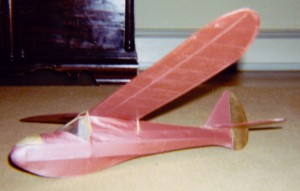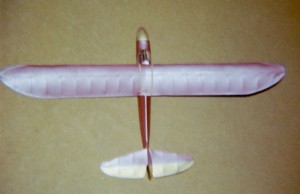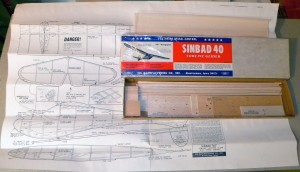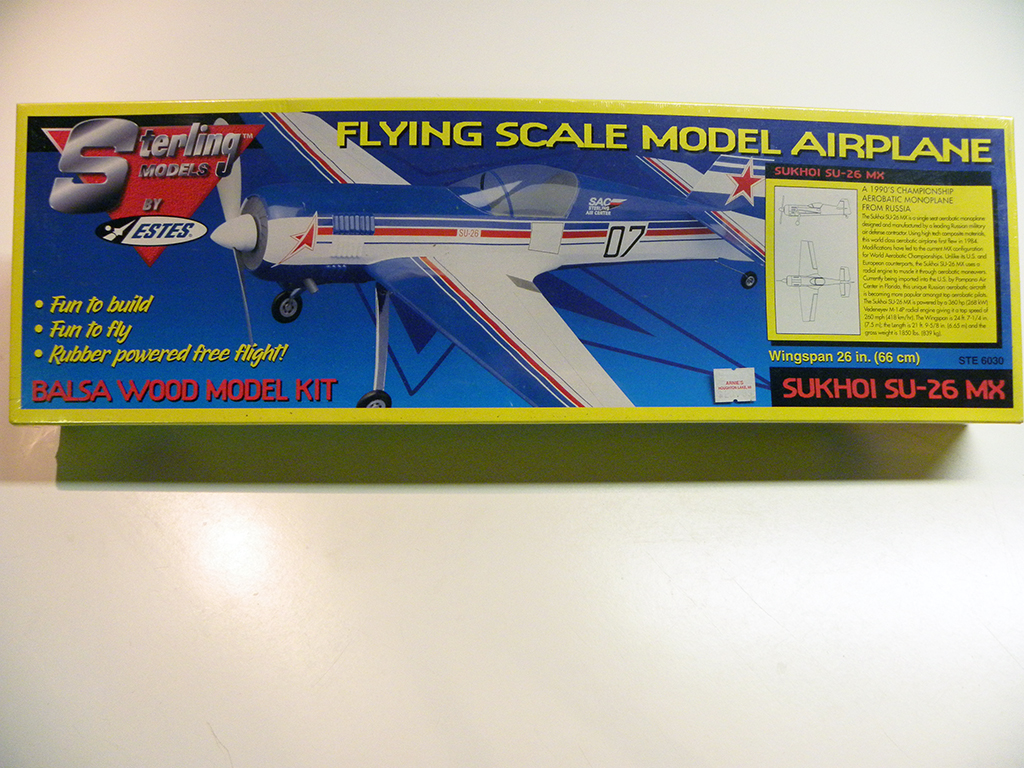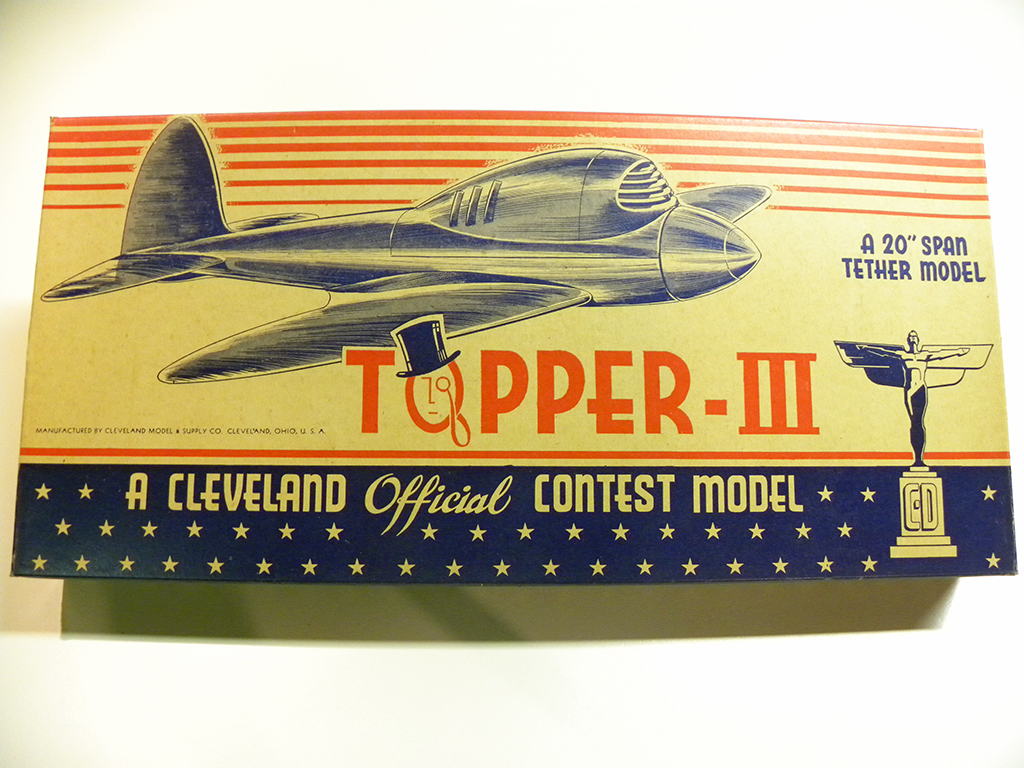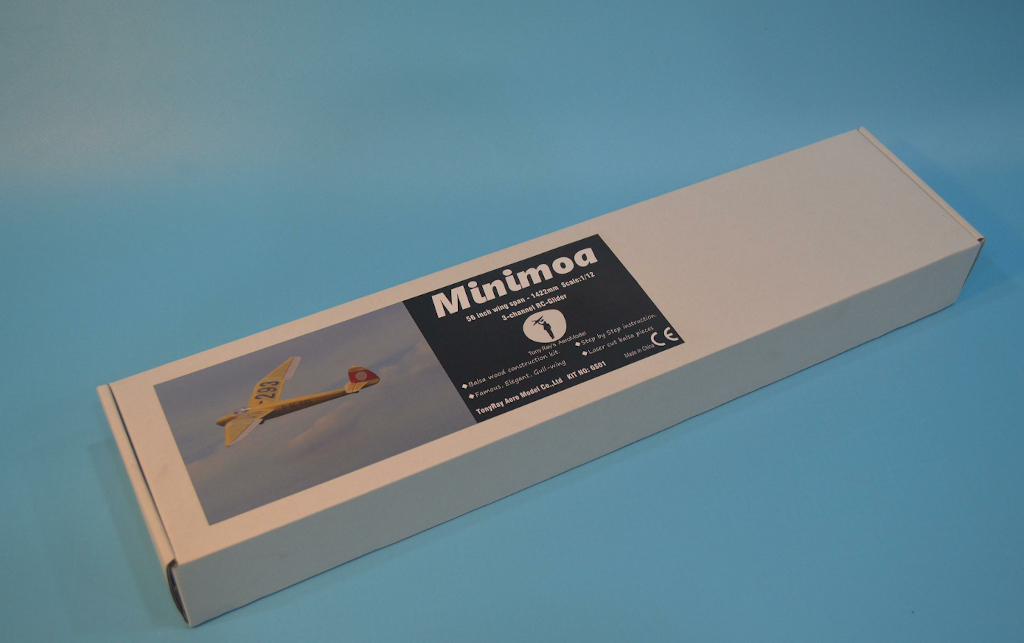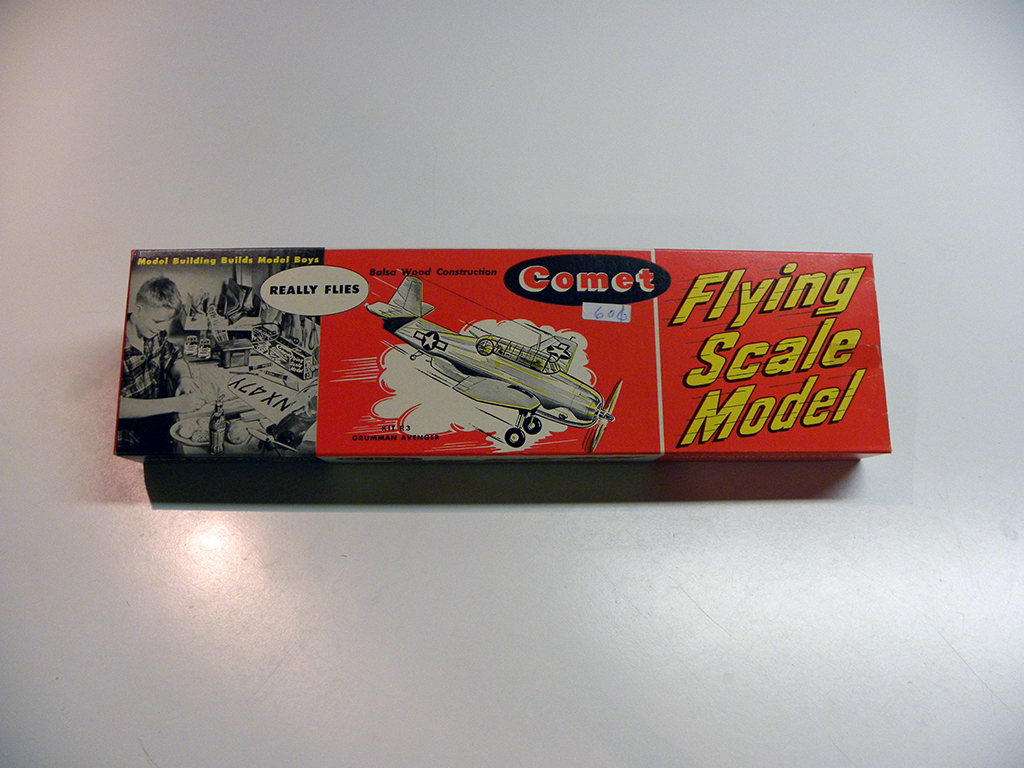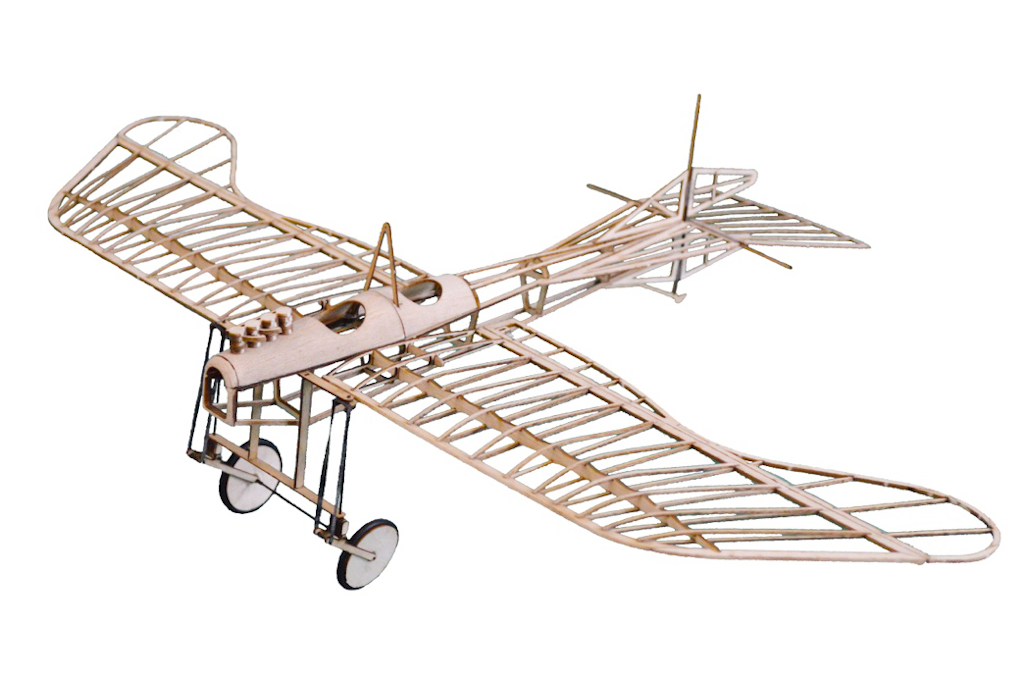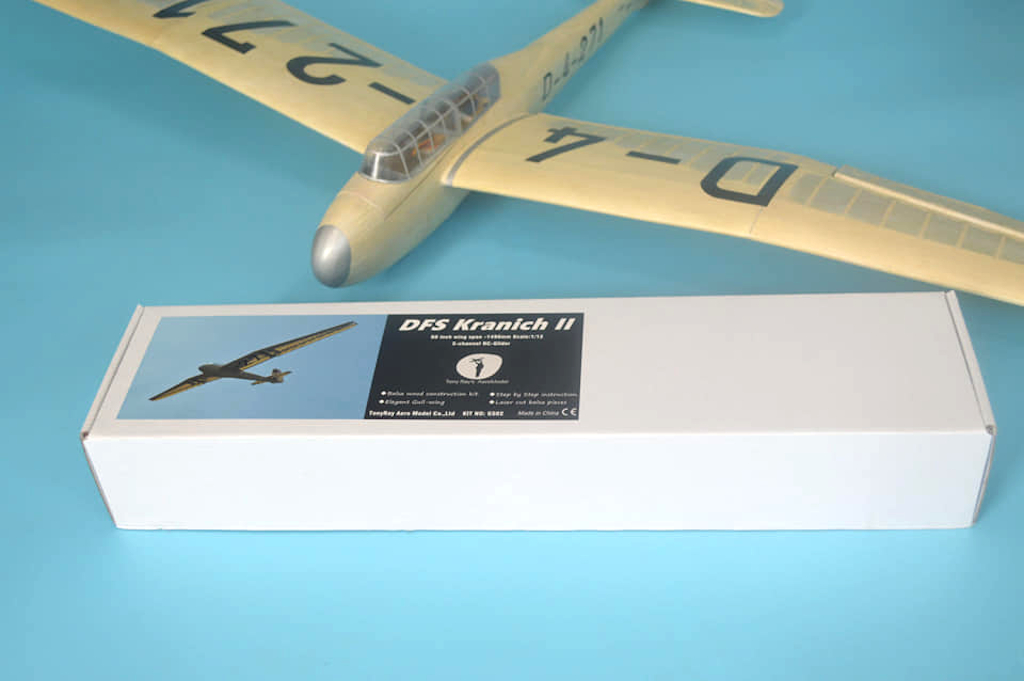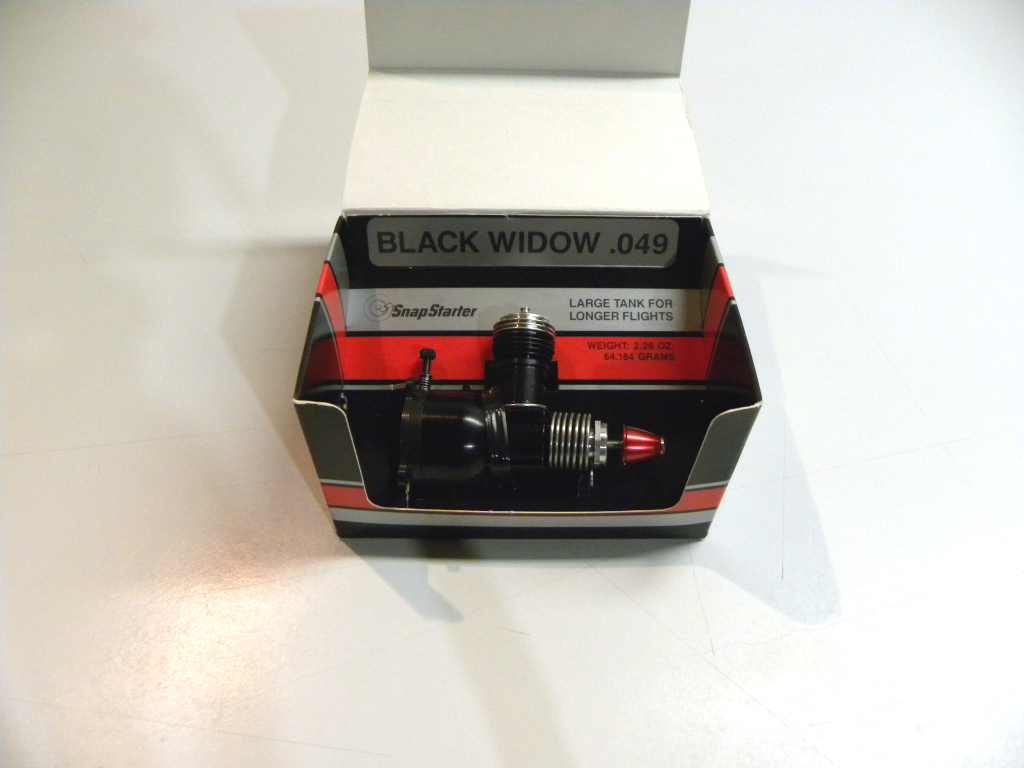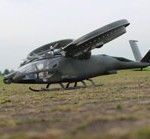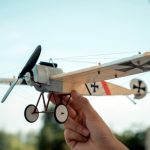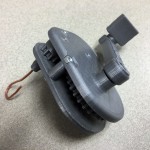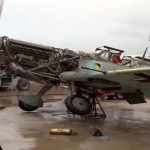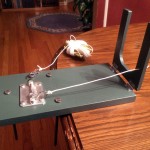One of the things that I wanted to do upon re-entering the hobby last year was to rebuild several of the kits that I had attempted to build back in the early 1970’s. The operative phrase in that last sentence is ‘attempted to build’. Being a rank novice modeler with no one to mentor me, possessing building skills that were rudimentary at best, and lacking the knowledge of available tools to assist in the building process as well as the financial means to acquire those that I was aware of, the models that I built reflected those impediments. That is to say that once built, they generally looked like crap and flew even worse!
A great example of this is a SIG Sinbad 40 glider that I built back in 1970. Here are a couple pictures of the completed model. The caption underneath them in the photo album reads: ‘A Dud!’
Sinbad 40 – Vintage 1970:
(Click on the photos to get a larger image with higher resolution)
If you can get by the horrible color scheme and look at the construction of that model, you’ll have no trouble understanding why it did not fly. There is not a flight surface that is not warped and out of alignment. I remember, at the time, blaming the model for the flight failures. In reality, full blame for those failures rests with the model builder…me!
So last year I figured that it was time to do a redu on those kits and put the benefit of somewhat improved building skills and tools acquisition to work at re-building those kits from years ago. But that left an issue…I did not have the kits anymore. But eBay did! Now, I know that the subject of buying kits on eBay is one charged with emotionalism and as many opinions as there are modelers in the hobby, but I thought I’d relay my approach and experience on the topic.
I have purchased items on eBay in the past and based on those experiences, I first set a couple of personal rules before approaching eBay. Rule Number 1 was that I would not engage in unreasonable bidding wars for a kit. I would establish up front what I was willing to pay for a kit and then exit the bidding when and if the auction price exceeded my top price. This rule requires much financial and emotional self-discipline to enforce! The amount of time and effort involved in first locating an acceptable kit and then engaging in the bidding process, makes it easy for one to throw financial caution to the wind and then get into an emotional mode of ‘I’ve got to have that kit no matter what the cost!’
So just how did I go about establishing what would be a reasonable price to pay for a kit, especially one that was 40 to 50 years old? I decided that I would be willing to pay an inflation adjusted price equal to what the kit retailed for when I originally purchased it. Now my memory is usually very bad, but for some reason, the price I paid for many of my kits back in the early 1970’s still sticks with me to this day. Maybe because they represented huge financial outlays to me at the time? In other cases, I was able to get lucky from time to time and find an old kit with an original price sticker still on it that was visible in the eBay listing. Also, I found eBay sellers that listed manufacturers advertisements from the subject time period with the desired kit and kit prices clearly visible in the advertisements.
Once I established an original price for a kit in a particular class of planes, I assumed that other kits in the same class from that manufacturer were in the same price range. Armed with what I considered to be a reasonable original price, it was an easy job to find out what that kit would cost in today’s dollars. All I needed to do was go to US Inflation Calculator, enter in a couple fields, and I had the original value of that kit in today’s dollars. So, for instance, if a kit retailed for $12.95 in 1973, the inflation calculator translates that into $67.95 in 2013 dollars (a 424.7% cumulative rate of inflation!). Likewise, a kit that retailed for $5.95 in 1958, translates into $47.96 in 2013 dollars (a 706.1% cumulative rate of inflation!). This approach totally ignores both the relative scarcity of a kit and any additional collectors value that may be associated with it. But I determined that whatever I paid for a kit originally is what I would be willing to pay for it on an inflation adjusted basis the second time around and this is the approach that I went forward with.
Rule Number 2 was that any kit that I bid on needed to be in very good to excellent condition. On eBay, there are a lot of boxes of parts offered as complete kits with sellers expecting to get the same prices as for complete kits. Of most importance to me were the kit plans. They needed to be in great condition with no moth holes or stains rendering sections of the plans unreadable. To me, the plans are the most valuable part of the kit because with them, I can most likely re-manufacture any missing or broken kit parts. Without a good set of plans, this option becomes difficult at best.
Finally, all the other rules of dealing on eBay, such as paying only reasonable shipping costs, dealing with reputable sellers, etc. also came into play but I won’t expound on them here.
There were four kits that I wanted to replace, all of which were SIG Manufacturing kits. They included three control line kits: a Spitfire, a P-47, and an L-19 Bird Dog, plus the Sinbad 40 glider.
So with my basic rules established and the list of kits that I wanted in hand, I set upon my quest to replace my former kits. And while it took the better part of the year, I was ultimately successful! The Spitfire was the last kit to be replaced as only one came up for auction during the entire time I looked (most of 2013). Each of the four kits that I purchased more than met the requirements of Rule Number 2. In fact, the L-19 Bird Dog and Sinbad Glider were unopened and still in their original factory sealed shrink-wrap!
So how about Rule Number 1? The P-47 and L-19 Bird Dog both came in a couple bucks under the inflation adjusted price, while the Spitfire came in a couple bucks over. Since it was the only one I saw during the entire year, I decided to let the collectors’ value play a role in the price I paid.
And how about the Sinbad 40? Well, I blew it big time on the Sinbad! Its 1970 sticker price was $7.95 making for an inflation adjusted 2013 price of $47.73. I ended up paying $79.99 for it, which is a 67.6% premium! But I really wanted to get that Sinbad and do it right this time around! And what do I have to show for that premium price? Well, you can see for yourself in this photo. The kit and plans are in excellent condition. You can even see the original factory shrink wrapping that the kit came in. Knowing that I was the first one to open that kit since it came out of the factory 43 years earlier was worth the extra cost alone. And if you look close, you can even see the original $7.95 price sticker near the center of the blank area on the right side of the box cover.
I’ll be sure to post build reports of each of these kits as I finally get to rebuild them after all these years. Then, you can judge for yourself if the effort was worth it. But more importantly, you can judge if my modeling skills have improved any over all these years!



